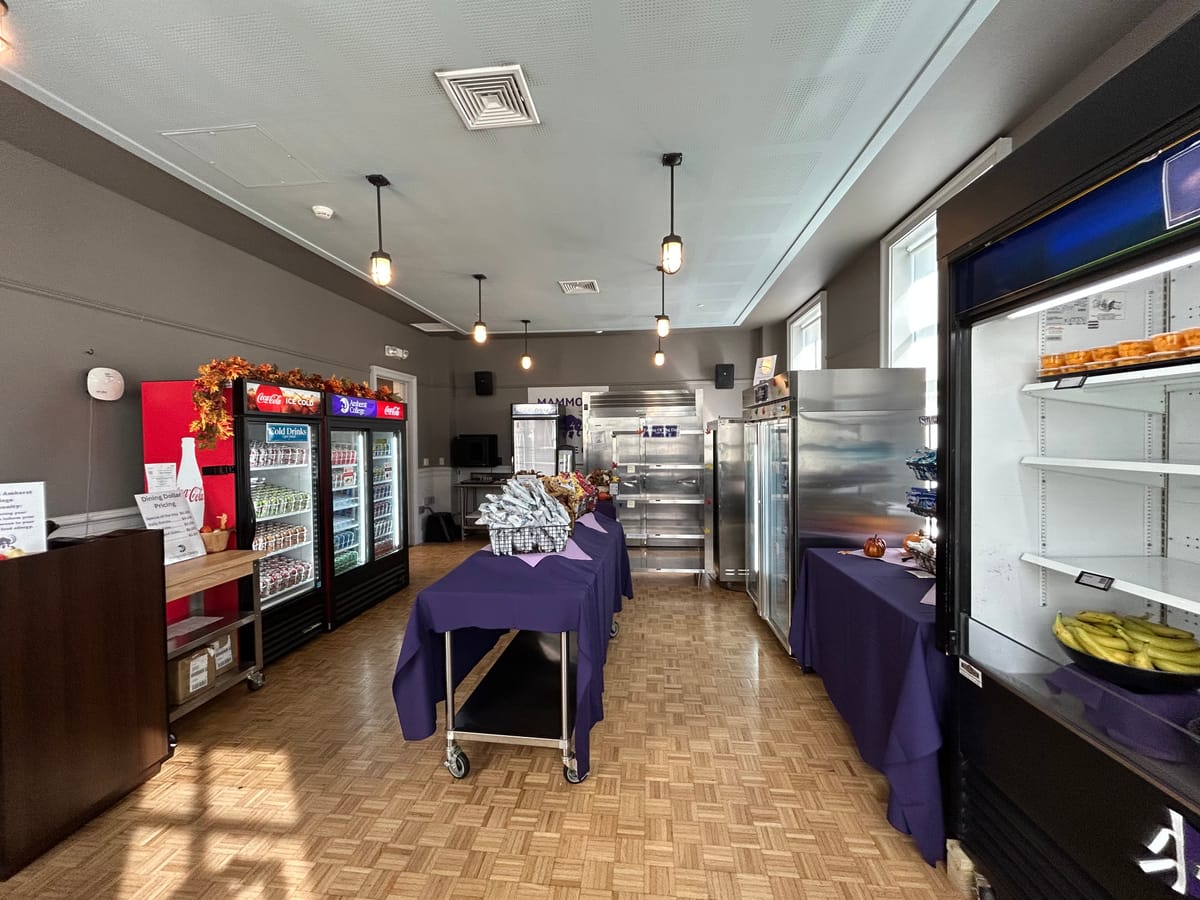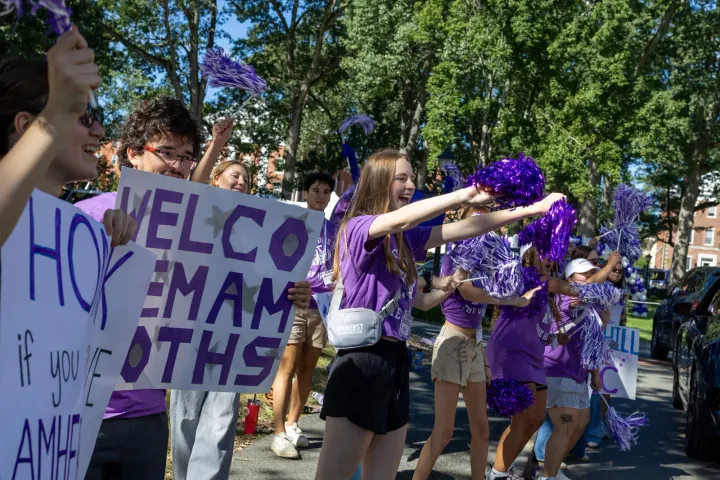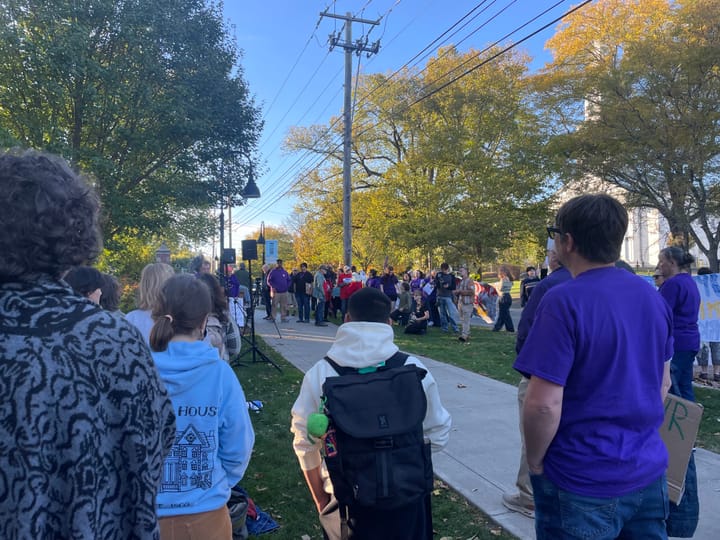Grab-n-Go Changes Improve Wait Times
Grab-n-Go has made several modifications in response to long wait times from the previous academic year. The attendant-served salad bar was replaced by tables with prepackaged sides and snacks, and entrees are now served off to the side in tinfoil wrap.

For a second straight year, Grab-n-Go has reinvented its operational format. In response to long wait times last year, it has made several modifications to return to its namesake.
This semester, lines are uncommon, with students often able to walk straight into the Grab-n-Go concourse. Once inside, further changes are visible: An attendant-served salad bar has been replaced by several tables with pre-packaged sides and snacks, and entrees are now served off to the side in tinfoil wrap. A checkout table at the end of the line limits students to two sides, and students are not permitted to swipe into Val for 30 minutes after scanning into Grab-n-Go and vice versa.
Executive Chef Colin Hoyt called the new model a “return from a one-year experiment.”
“[Last year] the lines were very slow, which was kind of counterintuitive to the charter of this spot,” Hoyt said. “We kind of went back to before that, to the seven or eight years before.”
Hoyt added that these changes were implemented to bring back the original purpose of Grab-n-Go. “[Grab-n-Go] was originally designed to really siphon folks off from Valentine [Dining Hall], which it still does. But at the same time, we give flexibility, [and] I think students appreciate the packaging so they can save things for later. So for me, the current model is a win-win.”
Improvements go beyond flexibility and speed of service. “[The new format] gives us a better control of food and waste, so it increases our sustainability profile,” Hoyt said. While there is more packaging with the current model, everything but the tinfoil wraps around some entrees is compostable.
Hoyt also said there is an increased number of options for students, with the inclusion of student favorites like Chobani yogurt and even the occasional boba drink in the fridge. “Many of these snacks are shelf-stable,” Hoyt said. “It gives more flexibility to the customer, and it allows us to have more control over food costs.”
Hoyt estimated that the new format has been able to reduce costs for the college overall, despite increasingly high food prices.
Student reception has been similarly positive. “I think it’s improved from last year,” Andrew Han ’27 said. “I think it’s a lot more accessible. Last year we had the lines ... it’s just so much faster [now].” Han added that he thinks food quality and variety are about the same.
Other students have noted that the changes to Grab-n-Go have not been a fix-all. Thomas Stephens ’26 agrees that lines have shortened overall. “Last year, the lines were really long at the start of the year, [and] there would also be a rush before and after classes.” Despite the new changes, however, he noted that “there [have still been] one or two days where there [has] been a line.” He added that “this year, they cut down the number of sides we could get,” in reference to staff now restricting students to just two sides.
When asked about the future of Grab-n-Go, Hoyt answered that “Mammoth on the Go,” which will replace Grab-n-Go starting next year, is “the big project right now.” Located on the lower level of the Student Center & Dining Commons (SCDC), Mammoth on the Go will be “bigger and will have more hours open,” according to Hoyt. “It will also [act] as a convenience store, [open] late morning to late night.” Hoyt added that Dining Services will also “run some of the late-night programming out of that.” In essence, Mammoth on the Go will operate as a three-in-one, accommodating more diverse dining needs than in years past.
While this year’s edition of Grab-n-Go will be short-lived, Hoyt maintains a positive outlook for the future. In the meantime, he expects the current Grab-n-Go format to remain a popular option for students.





Comments ()